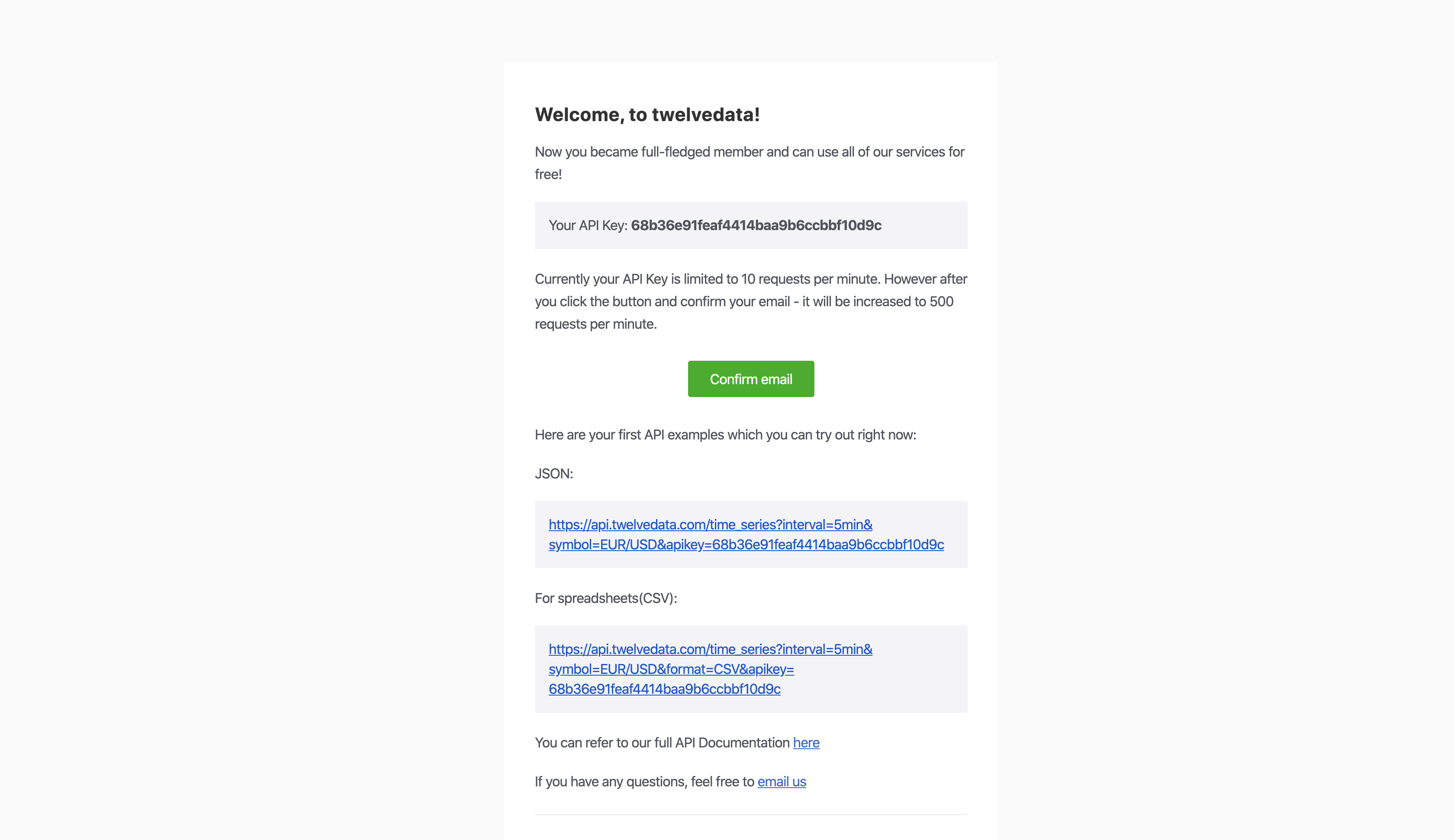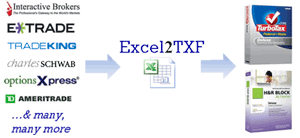

Select the Excel drop-down at the top of the report.Select the Excel drop-down, then choose Export all Items.Go to the Lists menu, then select Item List.Locate, open, and edit the file as needed.Assign a file name, then choose the location where you want to save the file.In the Export window, choose Create a comma separated values (.csv) file.Export Transactions if you want to export transactions (either by name or transaction type).Export Customer/Vendor list if you want to export customer/vendor data such as name, balances and contact information.Select the Excel drop-down, then choose:.You can export a list as a CSV file if you don’t have MS Excel installed on your computer or if you want to view and edit your data using a different format. Open the QuickBooks Import Excel and CSV folder from the location you selected in step 4.Select Unzip to extract the contents, and then select Close to close the WinZip Self-Extractor window.Select Browse, choose the folder where you want to install the toolkit (such as your Desktop), then OK.Double-click QuickBooks_Import_Excel_and_CSV.exe on your Windows desktop to open the WinZip Self-Extractor window.Go to your Windows Desktop, then select Save.Open the file download window for the toolkit, then select Save.Steps to install the QuickBooks Import Excel and CSV toolkit Allowed fields – a reference guide explaining what fields are available for Excel and CSV import.XLS Example Folder – a sample Excel file containing 4 worksheets, one for each type of list.CSV Examples Folder – 4 sample CSV files, one for each type of list.


Import from Excel and CSV Manual – a PDF document with instructions, best practices, and notes.To import a list in the CSV format, you need to install the QuickBooks Import Excel and CSV toolkit. To learn more about other data types you can import and export to and from QuickBooks Desktop, see Import/export overview. This article provides steps for exporting and importing CSV files.


 0 kommentar(er)
0 kommentar(er)
